
Guardians of the Grain: Insect Prevention in Antique Wood Furniture
Chosen theme: Insect Prevention in Antique Wood Furniture. Welcome to a practical, story-filled guide for protecting patina, structure, and memories from silent wood-boring threats—while honoring authenticity. Read on, comment with your experiences, and subscribe for monthly preservation tips.
Know Your Adversaries: Identifying Risks Before They Hatch
Common furniture culprits include Anobium woodworm in softwoods and Lyctus powderpost beetles in open-pored hardwoods. Frass texture, exit-hole size, and wood species tell tales. Share close-up photos or questions in the comments for community feedback.
Subterranean termites leave mud tubes and eat along the grain, while old house borers target softwoods, sometimes inside antique pine. Furniture, framing, and floors interact. Keep antiques away from damp foundations and report suspicious galleries to a professional when in doubt.
Fresh, talc-like powder beneath pieces, crisp-edged holes, and even faint ticking at night can indicate activity. Use a flashlight and magnifier weekly. Create a simple checklist and subscribe to receive our printable inspection routine.
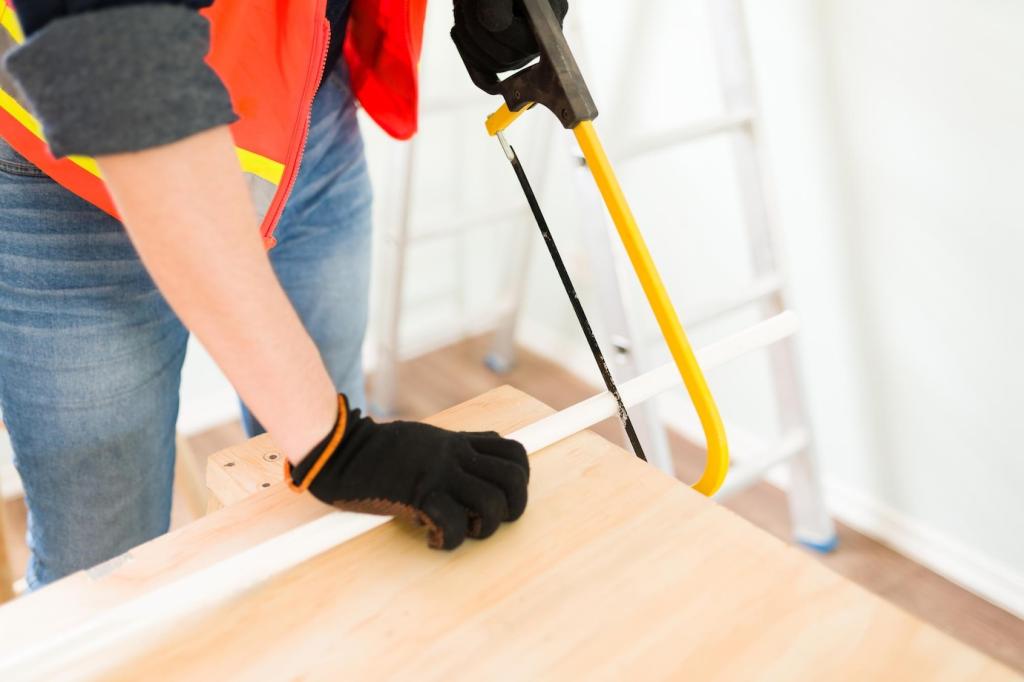
Climate Is Your Shield: Humidity, Temperature, and Airflow
Aim for 45–55% relative humidity. Too dry, and wood cracks, opening oviposition sites; too humid, and fungi and enzymes help larvae digest. Use hygrometers in display rooms and share your readings with fellow collectors for friendly accountability.
Climate Is Your Shield: Humidity, Temperature, and Airflow
Adults thrive in warm, stagnant spaces. Keep rooms around 18–22°C, avoid hot attics and damp basements, and limit daily swings. Gentle stability protects glue joints and veneers too. Subscribe for seasonal climate reminders tailored to antique collections.
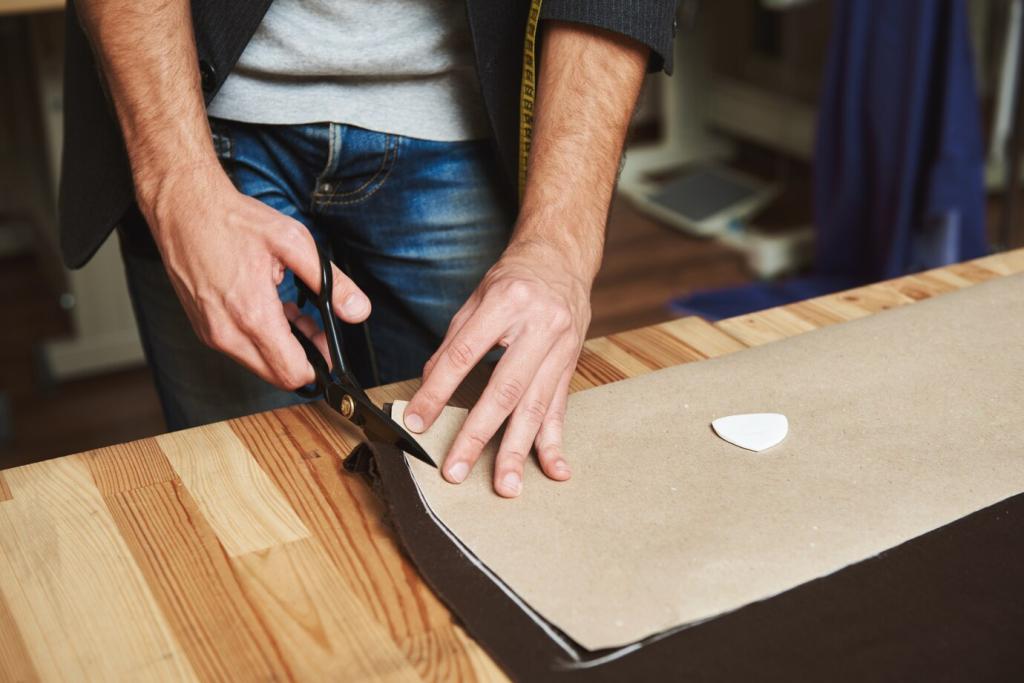
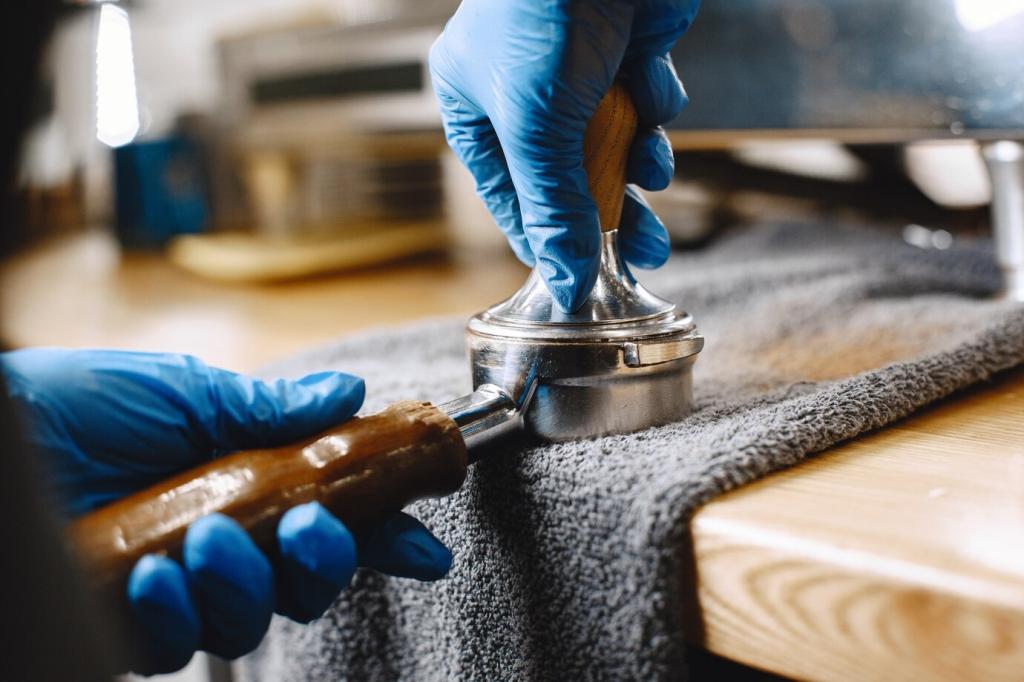
Clean, Seal, and Respect the Finish
Use goat-hair brushes, microfiber cloths, and a low-suction HEPA vacuum through a mesh screen. Crumbs, dust, and starch residues attract pests. A monthly routine takes minutes and pays off. Ask for our community’s favorite tools in the comments.
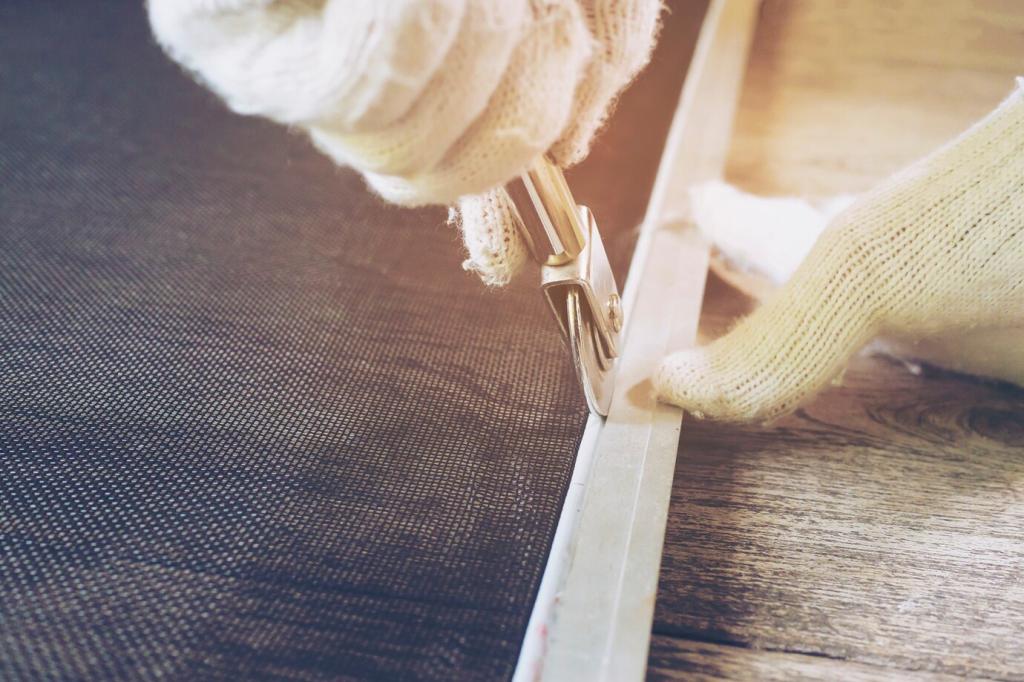
Create a Simple Quarantine Zone
Use a clean, low-traffic room or a large clear garment bag with desiccant packs and a light-colored mat beneath to spot frass. Observe for six to eight weeks. Share photos of your setup and tips that make monitoring easier.
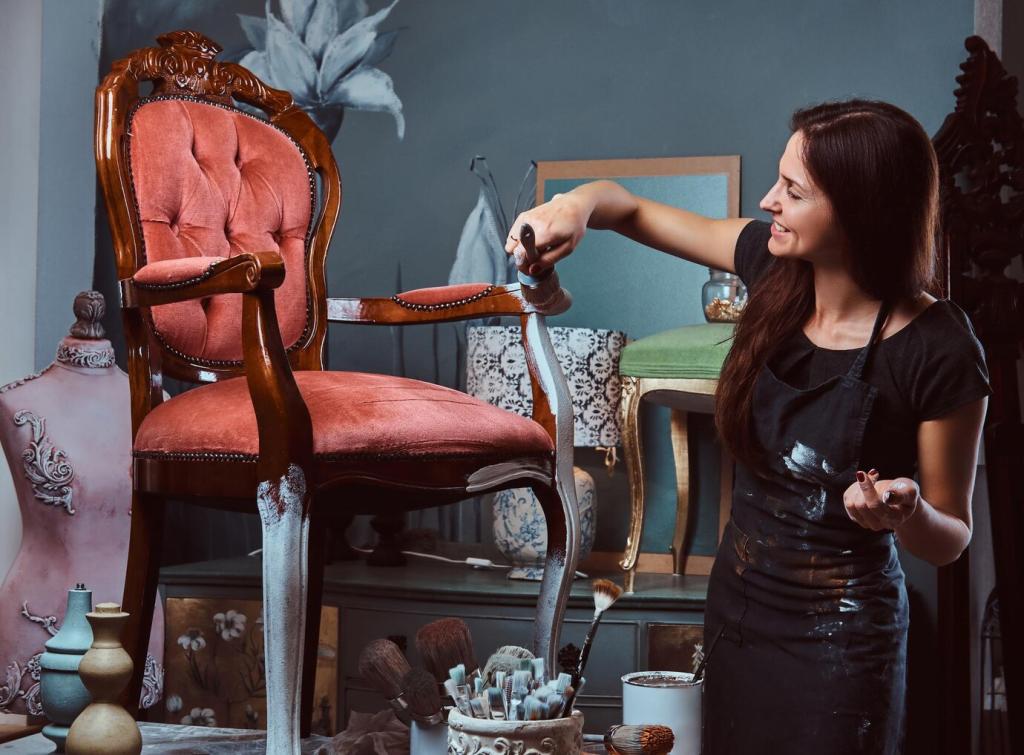
Traps That Tell a Story
Pheromone lures for powderpost beetles and discreet sticky traps under pieces provide early warnings without toxins. Tracking catches reveals seasonal patterns. Post your findings and help others time their prevention efforts more effectively.

Inspection Rituals That Work
Equip yourself with a headlamp, magnifier, dental mirror, and painter’s tape to map holes. Photograph weekly for comparisons and set calendar alerts. Subscribe to download our printable inspection log and checklist for consistent, calm oversight.
Treat Without Regret: Preventive, Low-Impact Options
Sealed anoxic bagging with oxygen scavengers or controlled CO2 displaces life-sustaining oxygen, targeting all insect life stages. It also discourages re-infestation. Learn setup basics here, and ask the community about safe materials and monitoring indicators.
Treat Without Regret: Preventive, Low-Impact Options
Double-bag, freeze at −20°C for seven to fourteen days, then thaw slowly while still sealed to prevent condensation. Avoid for veneered, gilded, or shellac-crazed surfaces. Comment with questions before attempting, and subscribe for our detailed step guide.
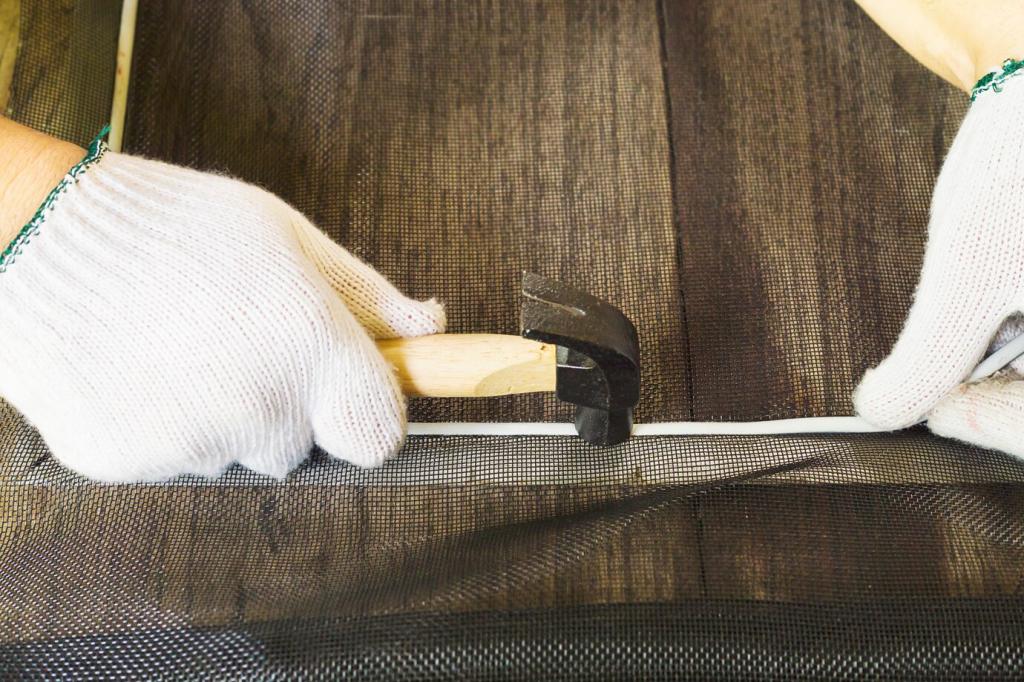
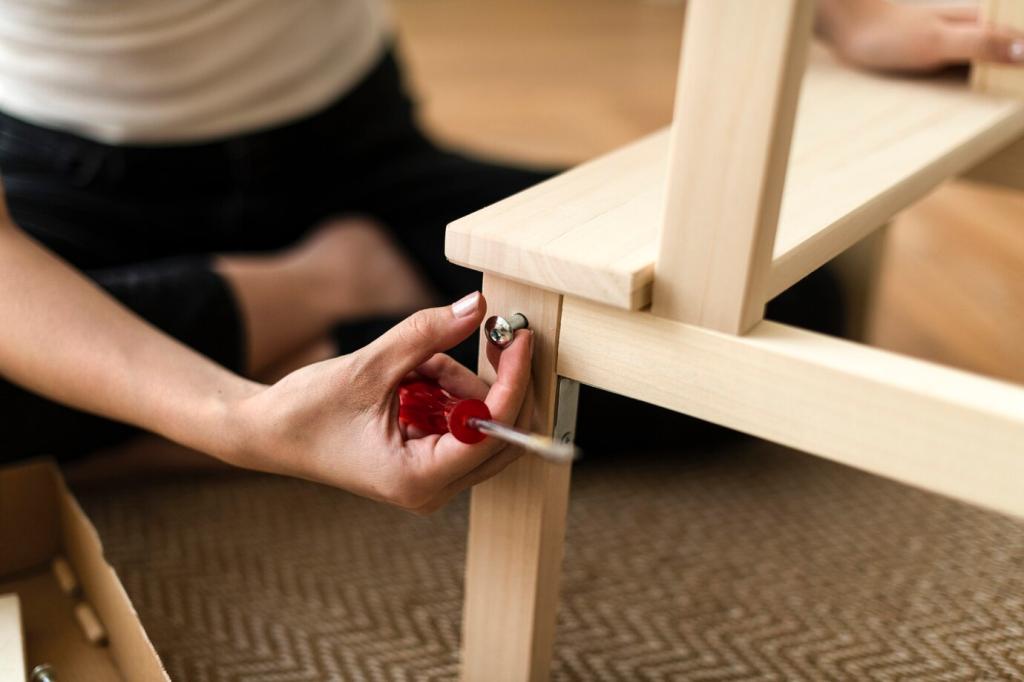
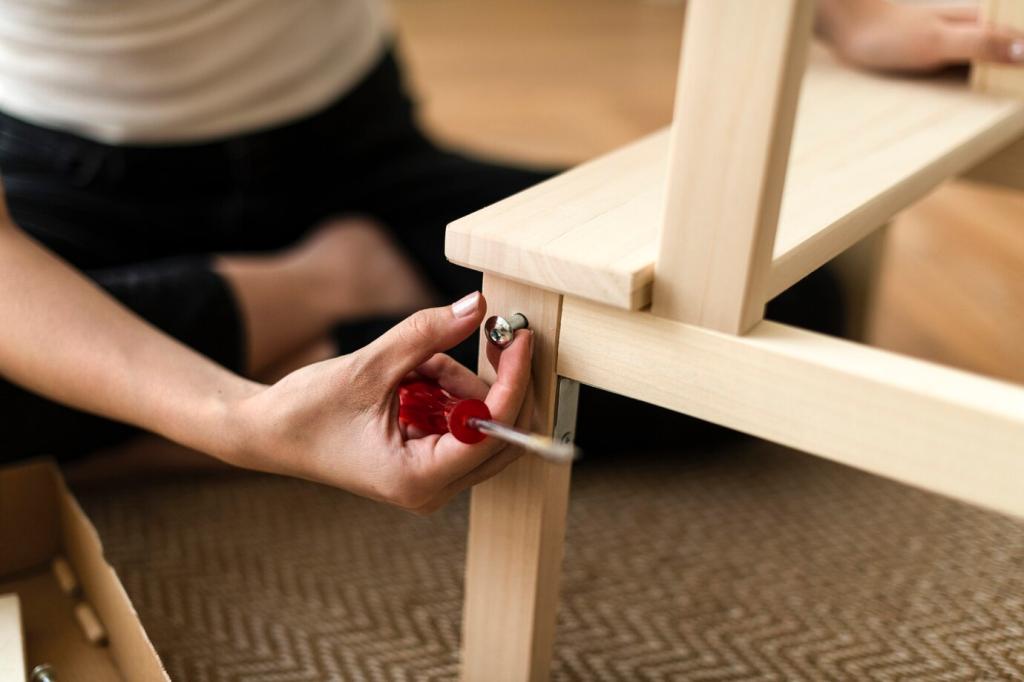
From Panic to Plan: A Collector’s Anecdote
A reader heard faint ticking from an oak blanket chest. Fresh frass confirmed active Anobium. They isolated the piece, froze removable drawers, then rewaxed exterior panels. The carved initials survived beautifully. Share your close calls and what you learned.
That scare led to hygrometers in each room, a dehumidifier, and monthly inspections. Two years later, no new holes appeared. Ask for our routine template, adapt it to your space, and report back after your first ninety days.
Pledge one weekend to inspect, clean, and optimize climate around a single heirloom. Share before-and-after humidity readings and photos of any improvements. Subscribe for reminders and upcoming Q&A with conservators answering prevention questions live.
